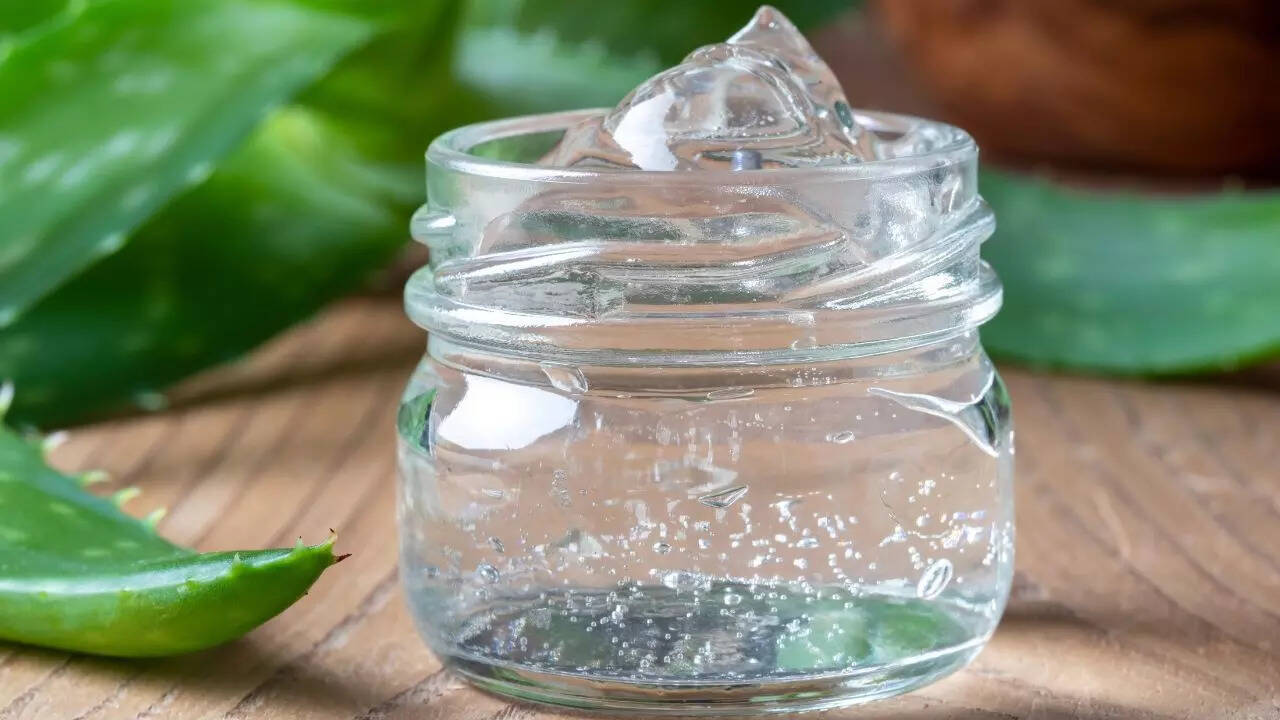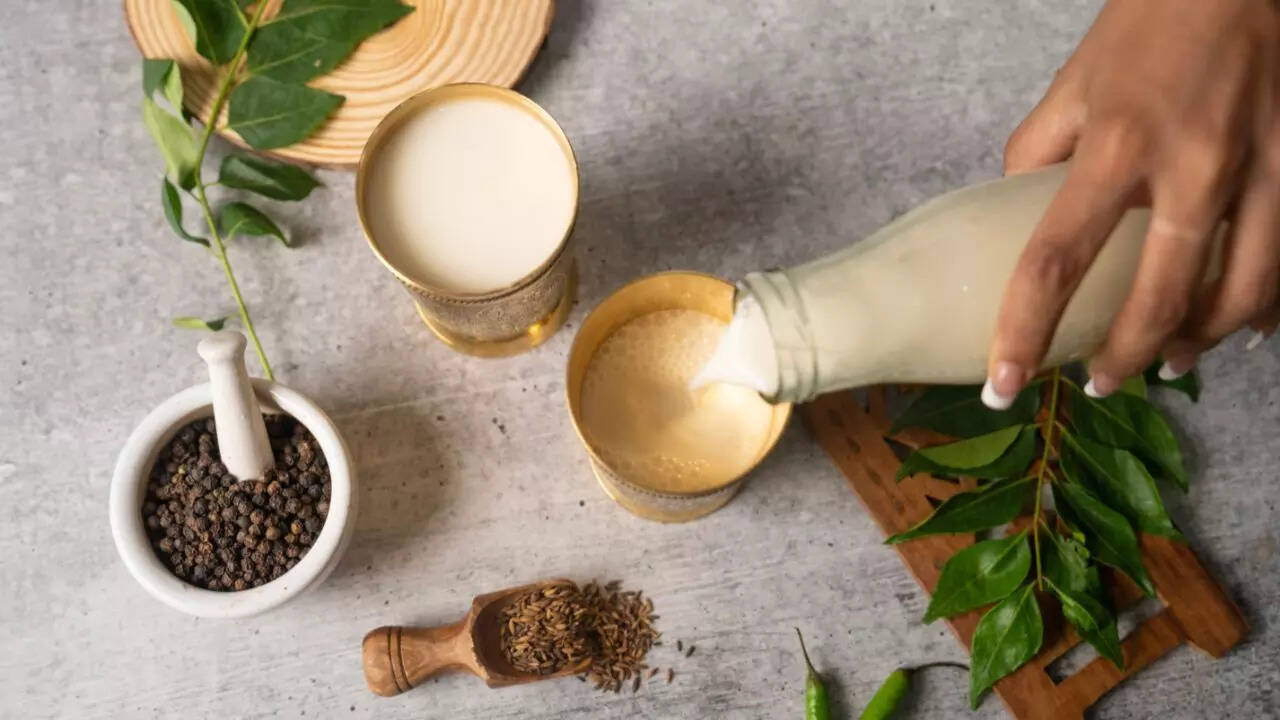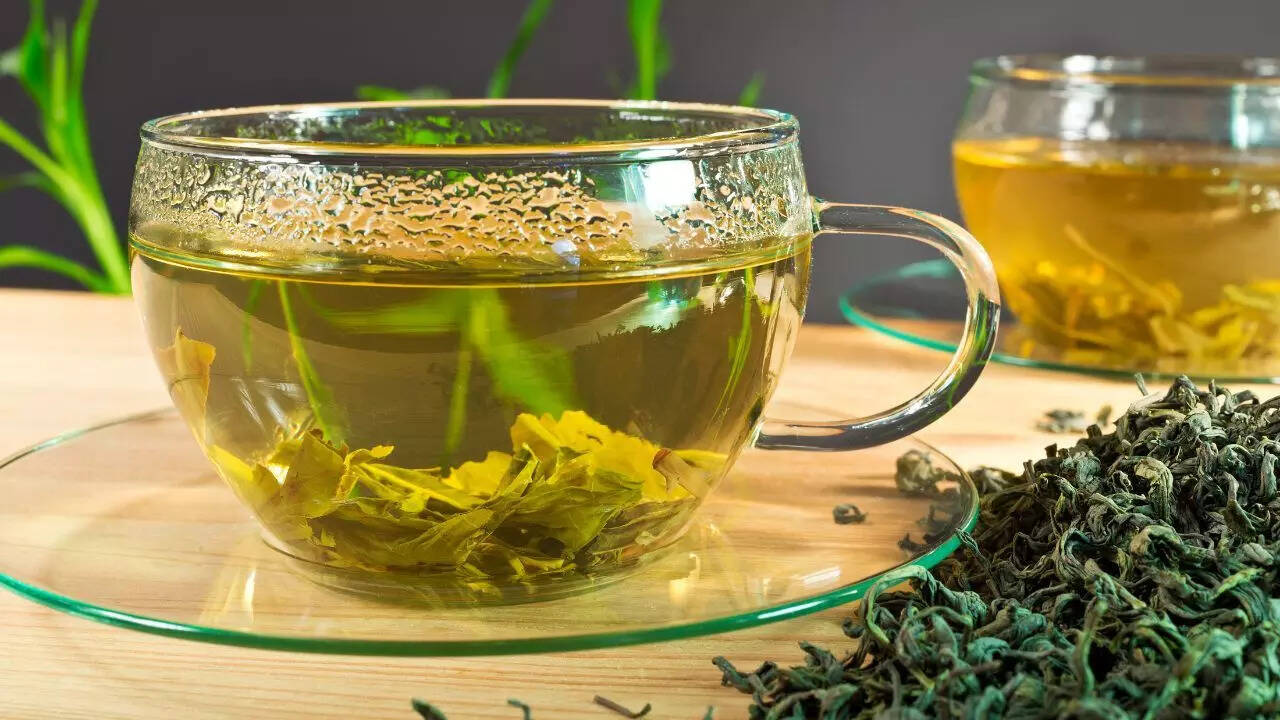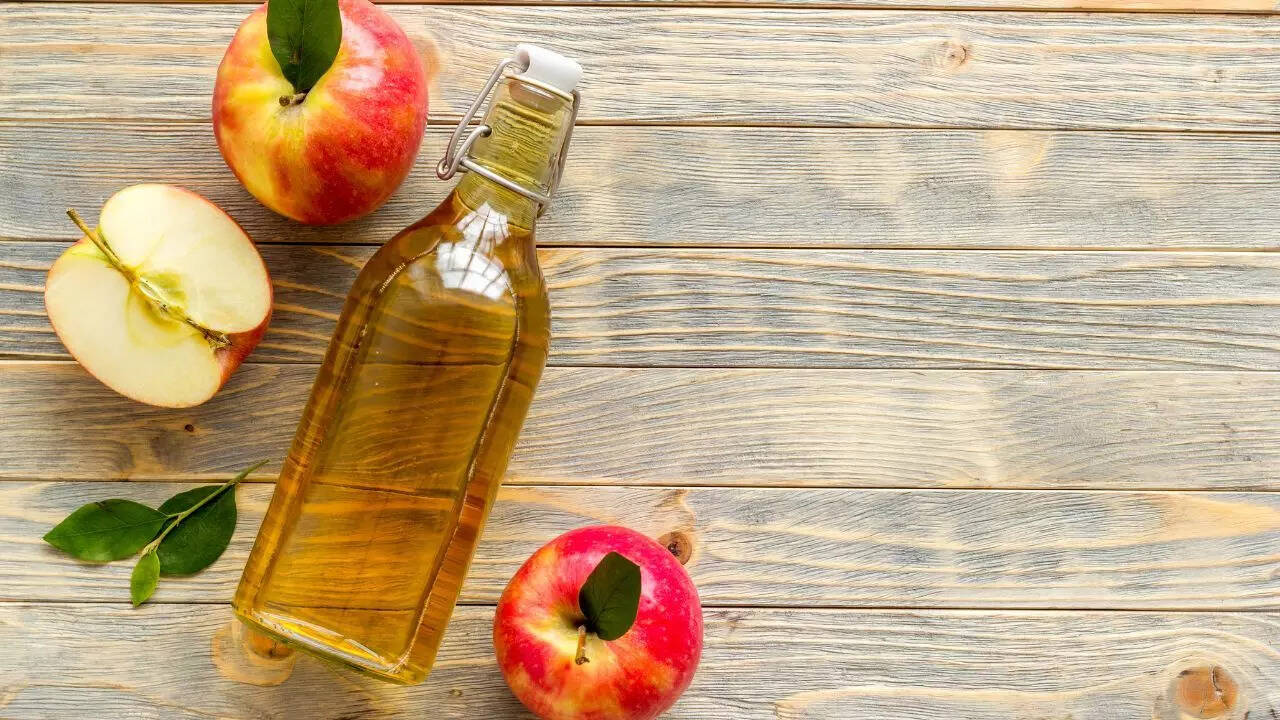Get flawless bridal skin: 8 effective ways to reduce pigmentation naturally | – The Times of India

Every bride dreams of that picture-perfect, glowing skin on her wedding day, think mehendi selfies, sangeet saree drapes, and haldi moments that pop on every photo. But let’s face it: dark spots, pigmentation, and dull skin can crash your bridal glow party faster than aunties asking, “Beta, ready for shaadi stress?”Don’t worry. You do not need fancy creams or salon treatments. Your kitchen and local Indian staples are here to rescue your skin. Aloe vera, turmeric, milk, tomatoes, and green tea have been used in Indian homes for generations to brighten, lighten, and heal skin naturally. And science backs it, too. Upon further review, a 2024 systematic review and meta-analysis published in Critical Reviews in Food Science and Nutrition found that supplementation with tomato and lycopene significantly reduced skin erythema formation and improved the appearance and pigmentation of the skin, thereby preventing light-induced skin photodamage and skin photoaging. Lycopene-rich products could be used as endogenous sun protection and may be a potential nutraceutical for sun protection.In this guide, we have curated 8 easy and effective home remedies that brides-to-be can start weeks before their wedding. These methods are simple, safe, and perfect for glowing, even-toned skin without harsh chemicals or expensive treatments.
8 effective home remedies to reduce pigmentation
Aloe vera for pigmentation reduction

Aloe vera is a powerful natural ingredient for reducing dark spots and pigmentation. It contains aloin, which can help lighten blemishes and improve overall skin tone.How to use:
- Extract fresh aloe vera gel from the leaf.
- Apply directly on pigmented areas.
- Leave for 20–30 minutes before rinsing with lukewarm water.
- Repeat daily for best results.
Aloe vera also soothes irritated skin, making it perfect for brides preparing for makeup-heavy events.
Turmeric face mask for dark spots
Turmeric has been a staple in Indian households for centuries for skin lightening and brightening. Its active compound curcumin helps reduce inflammation and pigmentation.How to use:
- Mix 1 teaspoon turmeric powder with 2 tablespoons milk or yogurt to form a paste.
- Apply evenly on pigmented areas.
- Leave for 15–20 minutes and rinse with lukewarm water.
- Use 2–3 times a week for noticeable results.
Turmeric also imparts a natural glow, enhancing skin radiance for pre-wedding prep.
Milk and buttermilk for an even skin tone

Milk and buttermilk contain lactic acid, which gently exfoliates dead skin cells and helps reduce pigmentation.How to use:
- Soak a cotton ball in milk or buttermilk.
- Apply to dark spots and leave for 15–20 minutes.
- Rinse with lukewarm water.
- Repeat twice daily for smoother and brighter skin.
This remedy also hydrates the skin, making it soft and supple for bridal makeup.
Tomato paste for skin brightening
Tomatoes are rich in lycopene, a natural antioxidant that protects the skin and reduces pigmentation.How to use:
- Apply fresh tomato paste to pigmented areas.
- Leave for 15–20 minutes and rinse with water.
- Repeat daily for visible results.
Tomatoes also help control excess oil and give skin a refreshed, radiant look.
Green tea application for pigmentation

Green tea is packed with antioxidants that fight free radicals and calm inflammation, reducing pigmentation over time.How to use:
- Brew green tea and allow it to cool.
- Apply the cooled tea using a cotton pad to pigmented areas.
- Leave for 10–15 minutes and rinse with water.
- Repeat twice daily.
Green tea also helps soothe tired skin, ideal for brides dealing with wedding stress.
Honey and aloe vera for glowing skin
Honey is a natural moisturiser and antibacterial agent. Combined with aloe vera, it reduces pigmentation and brightens skin naturally.How to use:
- Mix 1 tablespoon of honey with 2 tablespoons of aloe vera gel.
- Apply to dark spots and leave for 20–30 minutes.
- Rinse with lukewarm water.
- Use daily for optimal results.
This combination leaves the skin soft, hydrated, and radiant.
Apple cider vinegar for lightening pigmentation

Apple cider vinegar contains acetic acid, which acts as a mild exfoliant and helps fade pigmentation naturally.How to use:
- Mix equal parts apple cider vinegar and water.
- Apply to pigmented areas using a cotton ball for 2–3 minutes.
- Rinse thoroughly with water.
- Repeat twice daily for best effect.
This remedy also balances the skin’s pH and reduces excess oil, creating a clear base for bridal makeup.
Cucumber and aloe vera for skin brightness
Cucumber hydrates and soothes the skin while working with aloe vera to reduce pigmentation and even skin tone.How to use:
- Blend half a cucumber and extract the juice.
- Mix with 2 tablespoons of aloe vera gel.
- Apply to pigmented areas for 15–20 minutes.
- Rinse with water and repeat daily.
Cucumber also cools the skin, ideal for brides dealing with summer weddings or post-haldi redness.Brides do not need expensive salon treatments to achieve radiant skin. By incorporating these 8 natural home remedies, you can gradually reduce pigmentation, even out your skin tone, and prepare for your wedding day with confidence. Begin these remedies weeks before your wedding, pair them with a healthy lifestyle and sunscreen, and enjoy naturally glowing bridal skin that will make every mehendi, sangeet, and haldi moment unforgettable.Disclaimer: This article is for general informational purposes only and is not a substitute for professional medical advice, diagnosis, or treatment. Always seek the guidance of a qualified healthcare provider regarding any medical condition or lifestyle change.Also read| 5 dermatologist approved ways to heal dry skin around your nose fast
var _mfq = window._mfq || [];
_mfq.push([“setVariable”, “toi_titan”, window.location.href]);
!(function(f, b, e, v, n, t, s) {
function loadFBEvents(isFBCampaignActive) {
if (!isFBCampaignActive) {
return;
}
(function(f, b, e, v, n, t, s) {
if (f.fbq) return;
n = f.fbq = function() {
n.callMethod ? n.callMethod(…arguments) : n.queue.push(arguments);
};
if (!f._fbq) f._fbq = n;
n.push = n;
n.loaded = !0;
n.version = ‘2.0’;
n.queue = [];
t = b.createElement(e);
t.async = !0;
t.defer = !0;
t.src = v;
s = b.getElementsByTagName(e)[0];
s.parentNode.insertBefore(t, s);
})(f, b, e, ‘https://connect.facebook.net/en_US/fbevents.js’, n, t, s);
fbq(‘init’, ‘593671331875494’);
fbq(‘track’, ‘PageView’);
};
function loadGtagEvents(isGoogleCampaignActive) {
if (!isGoogleCampaignActive) {
return;
}
var id = document.getElementById(‘toi-plus-google-campaign’);
if (id) {
return;
}
(function(f, b, e, v, n, t, s) {
t = b.createElement(e);
t.async = !0;
t.defer = !0;
t.src = v;
t.id = ‘toi-plus-google-campaign’;
s = b.getElementsByTagName(e)[0];
s.parentNode.insertBefore(t, s);
})(f, b, e, ‘https://www.googletagmanager.com/gtag/js?id=AW-877820074’, n, t, s);
};
function loadSurvicateJs(allowedSurvicateSections = []){
const section = window.location.pathname.split(‘/’)[1]
const isHomePageAllowed = window.location.pathname === ‘/’ && allowedSurvicateSections.includes(‘homepage’)
const ifAllowedOnAllPages = allowedSurvicateSections && allowedSurvicateSections.includes(‘all’);
if(allowedSurvicateSections.includes(section) || isHomePageAllowed || ifAllowedOnAllPages){
(function(w) {
function setAttributes() {
var prime_user_status = window.isPrime ? ‘paid’ : ‘free’ ;
var geoLocation = window?.geoinfo?.CountryCode ? window?.geoinfo?.CountryCode : ‘IN’ ;
w._sva.setVisitorTraits({
toi_user_subscription_status : prime_user_status,
toi_user_geolocation : geoLocation
});
}
if (w._sva && w._sva.setVisitorTraits) {
setAttributes();
} else {
w.addEventListener(“SurvicateReady”, setAttributes);
}
var s = document.createElement(‘script’);
s.src=”https://survey.survicate.com/workspaces/0be6ae9845d14a7c8ff08a7a00bd9b21/web_surveys.js”;
s.async = true;
var e = document.getElementsByTagName(‘script’)[0];
e.parentNode.insertBefore(s, e);
})(window);
}
}
window.TimesApps = window.TimesApps || {};
var TimesApps = window.TimesApps;
TimesApps.toiPlusEvents = function(config) {
var isConfigAvailable = “toiplus_site_settings” in f && “isFBCampaignActive” in f.toiplus_site_settings && “isGoogleCampaignActive” in f.toiplus_site_settings;
var isPrimeUser = window.isPrime;
var isPrimeUserLayout = window.isPrimeUserLayout;
if (isConfigAvailable && !isPrimeUser) {
loadGtagEvents(f.toiplus_site_settings.isGoogleCampaignActive);
loadFBEvents(f.toiplus_site_settings.isFBCampaignActive);
loadSurvicateJs(f.toiplus_site_settings.allowedSurvicateSections);
} else {
var JarvisUrl=”https://jarvis.indiatimes.com/v1/feeds/toi_plus/site_settings/643526e21443833f0c454615?db_env=published”;
window.getFromClient(JarvisUrl, function(config){
if (config) {
const allowedSectionSuricate = (isPrimeUserLayout) ? config?.allowedSurvicatePrimeSections : config?.allowedSurvicateSections
loadGtagEvents(config?.isGoogleCampaignActive);
loadFBEvents(config?.isFBCampaignActive);
loadSurvicateJs(allowedSectionSuricate);
}
})
}
};
})(
window,
document,
‘script’,
);
[title_words_as_hashtags




